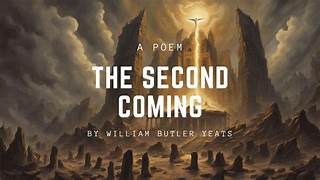What is Plagiarism and Its Forms?

What is Plagiarism and Its Forms? Plagiarism means using someone else’s ideas, words, or work as your own without giving them credit. It’s like taking something that doesn’t belong to you and pretending it does. This can happen on purpose or by mistake, but it is still wrong either way. Different Types of Plagiarism Direct Plagiarism: Copying text exactly from a source without using quotation marks or citing the author. For example, taking a paragraph from a book and putting it in your essay without mentioning the book. Self-Plagiarism: Using your old work (like a paper you wrote last year) again for a new assignment without telling your teacher. Paraphrasing Plagiarism: Changing the words of someone else's idea slightly but keeping their original meaning, and not mentioning where you got the idea. Mosaic Plagiarism: Mixing words and phrases from multiple sources and patching them together into your own writing without citing the sources. Accidental Plagiarism: Forge...


